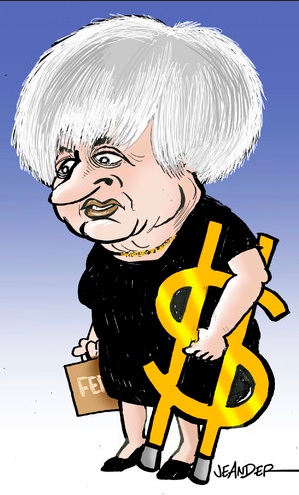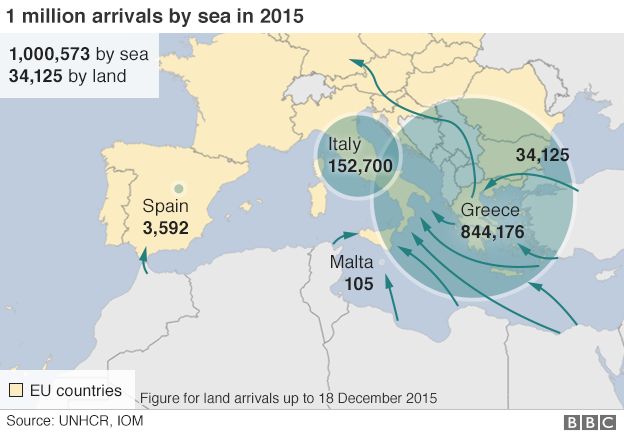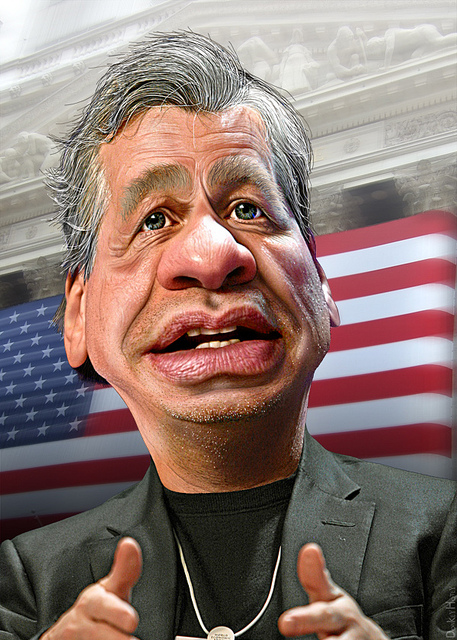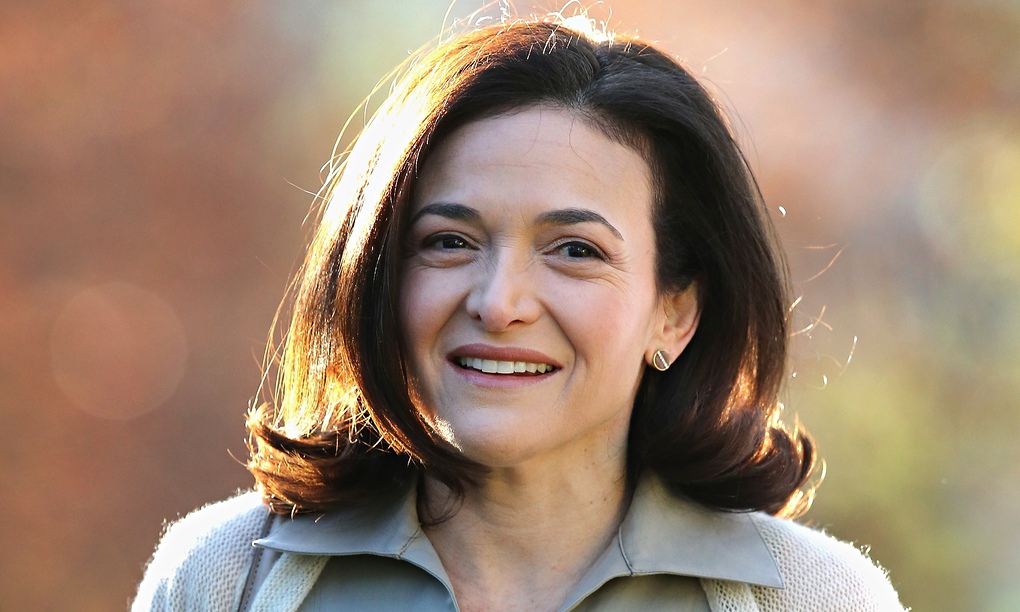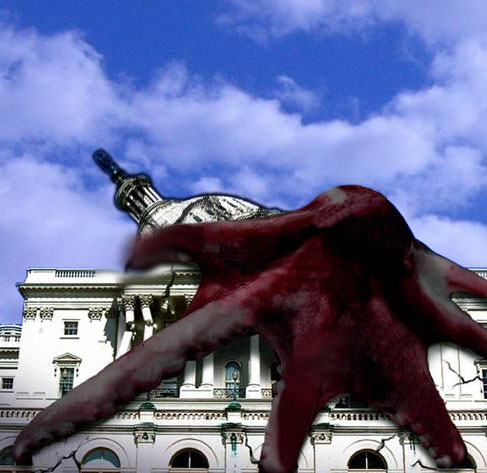A Wounded Deutsche Bank Lashes Out At Central Bankers: Stop Easing, You Are Crushing Us
Which is why overnight a badly wounded Deutsche Bank has expanded its war against the ECB to include the BOJ as well, and in a note titled “The Risks From Further ECB and BOJ Easing” it wants that with the Zero Lower Bound already breached in nearly a third of global markets, the benefits to risk assets from further easing no longer exist, and in fact it says that while central banks have hoped that such measures would “push investors out the risk spectrum” the “impact has been exactly the opposite.”
In other words, we have reached that fork in the road within the monetary twilight zone, where Europe’s largest bank is openly defying central bank policy and demanding an end to easy money. Alas, since tighter monetary policy assures just as much if not more pain, one can’t help but wonder just how the central banks get themselves out of this particular trap they set up for themselves.
Here is DB’s Parag Thatte explaining the “The risks from further ECB and BOJ easing”
The BOJ surprised with a move to negative rates last week, while ECB rhetoric suggests additional easing measures forthcoming in March.While a fundamental tenet of these measures, in particular negative rates, has been to push investors out the risk spectrum, we remind that arguably the impact has been exactly the opposite:
- Declining bond yields have been robustly associated with larger inflows into bonds at the expense of equities. Though a large over allocation to fixed income at the expense of equities already exists as a result of past Fed QEs and a lack of normalization of rates, further easing by the ECB and BOJ that lower bond yields globally will only exacerbate the over allocation to bonds;
- Asynchronous easing by the ECB and BOJ while the Fed is on hold risks speeding up the dollar’s up cycle, pushing oil prices lower and exacerbating credit concerns in the Energy, Metals and Mining sectors. It is notable that the ECB’s adoption of negative rates in mid-2014 which prompted the large move in the dollar and collapse in oil prices, marked the beginning of the now huge outflows from High Yield. These flows out of High Yield rotated into High Grade, ironically moving up not down the risk spectrum. The downside risk to oil prices is tempered somewhat by the fact that they look cheap and look to be already pricing in the next leg of dollar strength;
- Asynchronous easing by the ECB and BOJ that is reflected in the US dollar commensurately raises the trade-weighted RMB and increase the risk of a disorderly devaluation by China. The risk of further declines in the JPY is tempered by the fact that it is already very (-29%) cheap, but there is plenty of valuation room for the euro to fall.
Broad-based move across asset classes towards neutral amidst uncertainties
- US equity fund positioning inched closer to neutral; as anticipated the returning buyback bid is being offset by large persistent outflows (-$42bn ytd);
- European equity positioning is also close to neutral amidst slowing inflows; Japanese funds trimmed exposure from very overweight levels while flows turned negative for the first time in 2 months;
- The large short in US bond futures has started to be cut; 2y bond shorts were cut by half this week while short-dated rates futures are already long. Robust inflows into government bond funds which began this year have continued while the pace of outflows from HY and EM funds has slowed;
- A move toward neutral was also evident in FX positions. The surprise BoJ cut to negative rates caught yen longs by surprise, with the large initial subsequent depreciation in the yen partly reflecting a paring of positions. Meanwhile, the euro rose to a 3 month high as crowded leveraged fund shorts were being covered despite the ECB’s dovish rhetoric;
- As the dollar fell, net speculative long positions in oil rose, reflecting mainly an increase in gross longs while shorts remain at record highs; copper shorts continue to edge back from extremes; gold longs are rising.
Declining bond yields mean larger inflows into bonds at the expense of equities
- A fundamental tenet of central bank easing has been to push investors out the risk spectrum. The impact has arguably been exactly the opposite
- Beyond any negative signal further monetary easing sends on underlying growth prospects, historically falling bond yields with the attendant capital gains on bonds have seen inflows rotate into bonds at the expense of equities. The correlation between equities and bond yields remains strongly positive. Notably, the best period of inflows for equities was after the taper announcement in 2013 when bond yields rose sharply
Large over-allocation to fixed income already
- Past Fed QEs, a lack of normalization of Fed rates and easing by other central banks means that a large over-allocation already exists in fixed income while the underallocation in equities remains massive
- Additional easing by the ECB and BoJ by encouraging inflows into bonds will only exacerbate the over allocation to fixed income
Asynchronous easing behind decline in oil and flight from HY
- Asynchronous monetary easing by the ECB or BoJ while the Fed is on hold puts upward pressure on the dollar, downward pressure on oil prices and heightens credit concerns in the Energy, Metals and Mining sectors
- It is notable that the huge outflows from HY began to the day with the ECB’s adoption of negative rates in Jun 2014. Those outflows from HY moved into HG, ironically moving up not down the risk spectrum
- The risk to oil prices is somewhat tempered by the fact that oil prices are cheap to fair value and look to be pricing in the next leg of dollar strength
Asynchronous easing that is reflected in a higher dollar is reflected commensurately in the trade-weighted RMB
- By virtue of the near-peg to the US dollar, by early 2015 the trade-weighted RMB had risen along with the US dollar by 32% in trade-weighted terms and has been in a relatively narrow range since
- A variety of Chinese economic indicators have been strongly negatively correlated with the US dollar: Chinese data surprises (-42%); IP (-65%); and retail sales (-59%)
Further dollar strength raises the risk of a disorderly Chinese devaluation
- Asynchronous easing by the ECB and BOJ reflected in the US dollar and in turn the trade-weighted RMB increases the risk of a disorderly devaluation by China
- The risk of further declines in the JPY is tempered by the fact that it is already very cheap (-29%), but there is plenty of valuation room for the euro to fall
- The surprise BoJ easing in January prompted a paring of longs, while investors are unwinding short positions in the euro despite dovish rhetoric by the ECB






